After 3 years of performing home energy assessments, I’ve come to the conclusion that attic fans are typically the main source of air infiltration in homes that have them. Thin louvres allow so much heat to escape homes in the winter and infiltrate into the house in the hot, humid Summer, driving up energy bills and planting the question in the homeowners head, “Why do we have this attic fan if we hardly ever use it?” Southern climates like Arkansas only have a couple of small windows of decent weather in the year where using an attic fan is ideal, usually a period of cool, dry temperatures between Winter and Spring, and again between Summer and Fall. The rest of the year there are either high amounts of pollen that would be pulled into the home using the attic fan (Spring), or high humidity levels which would saturate the air inside the home, justifying the need to run the air conditioner and therefore making the attic fan useless.
Having owned a 1950-built home with a large attic fan located in a hallway near the thermostat and return, I noticed a huge difference once I sealed the fan with an attic fan radiant barrier from inside the house. My unit ran less often, no more radiant heat on the back of my neck walking in the hall in the Summer, and no more cold drafts from heat escaping into the attic in colder months, all for under $50 and an hour’s worth of work. Usually when discussing my personal history with attic fans while in a customers home, it is after they have revealed that they almost never use theirs. In fact, in over 90% of the homes I have audited that contain attic fans, the occupants tell me that they never use it.
We offer homeowners several options when we find attic fans during home assessments, whether they qualify for local utility program work or not, it is a fairly easy issue to diagnose when it comes to attic fans. Prior to our crews installing insulation in attics, we seal the fans with plastic sheeting across the louvres, then fill with loose insulation. If the occupant is planning to sell the home in the near future and they are scheduled to have more insulation added in the attic, we simply remove the fan belt so that if a future buyer wants to utilize the attic fan, all they simply have to do is replace the belt and remove the plastic seal. We typically see a reduction in air infiltration of around 200-300 cfm after a good seal on an attic fan, which translates in to direct savings for the customer, and hopefully a cooler hallway when Summer comes around.
Written by: Adam Davenport

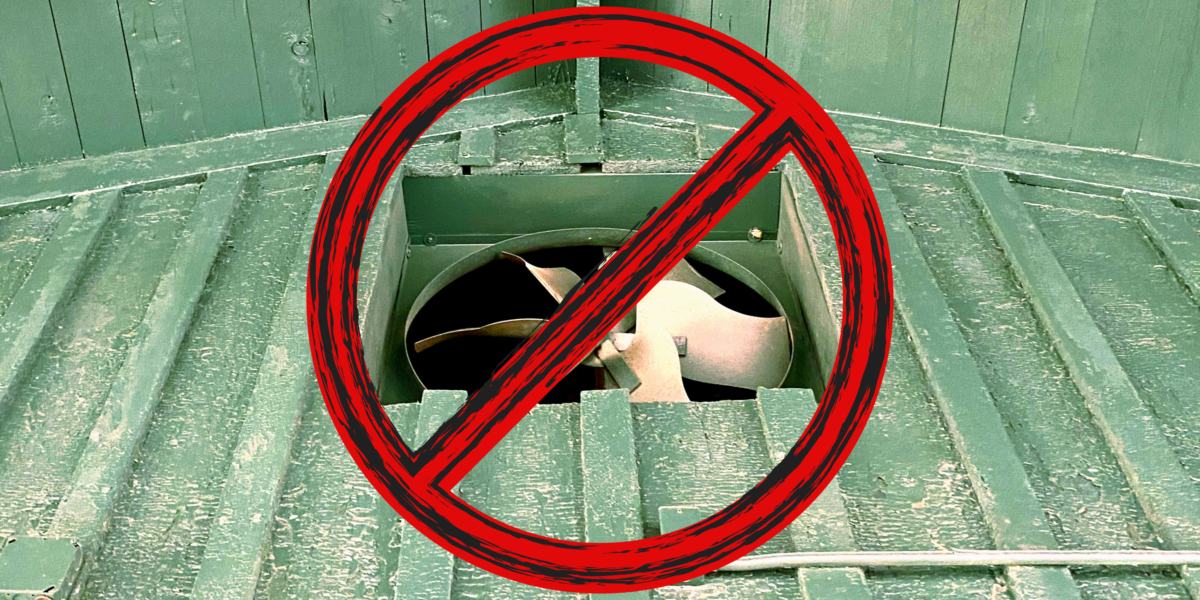
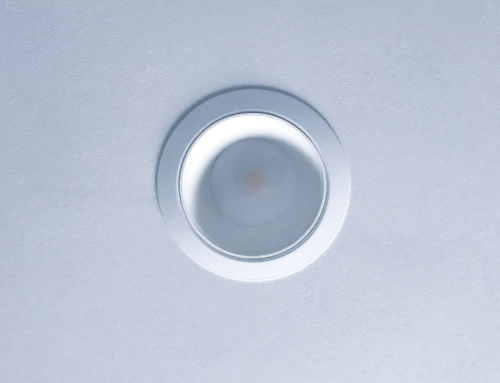
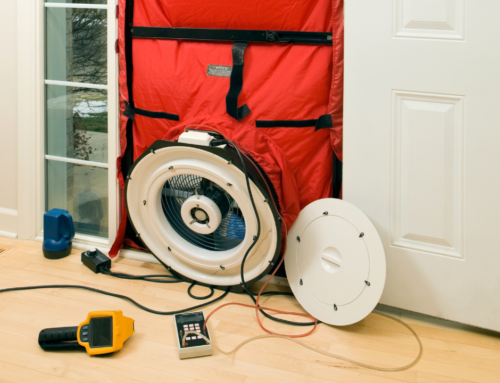
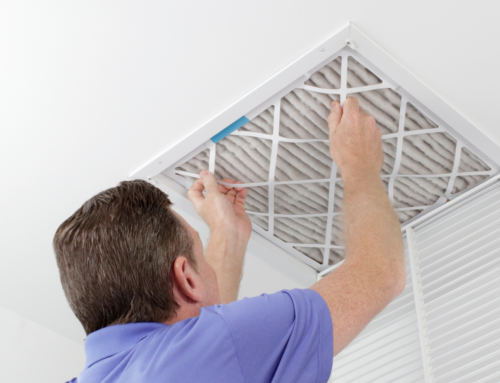
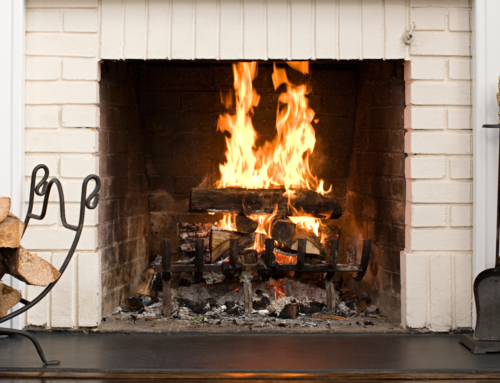

Leave A Comment